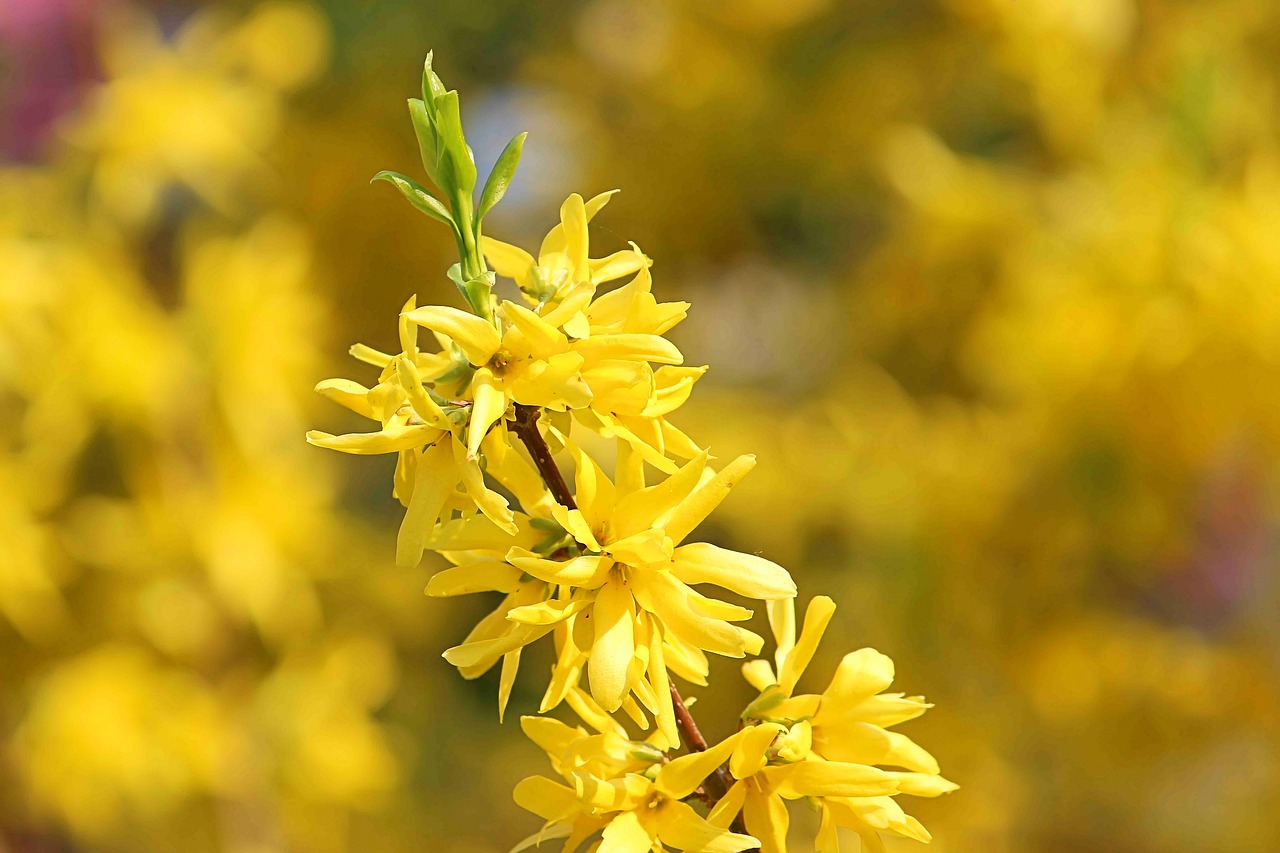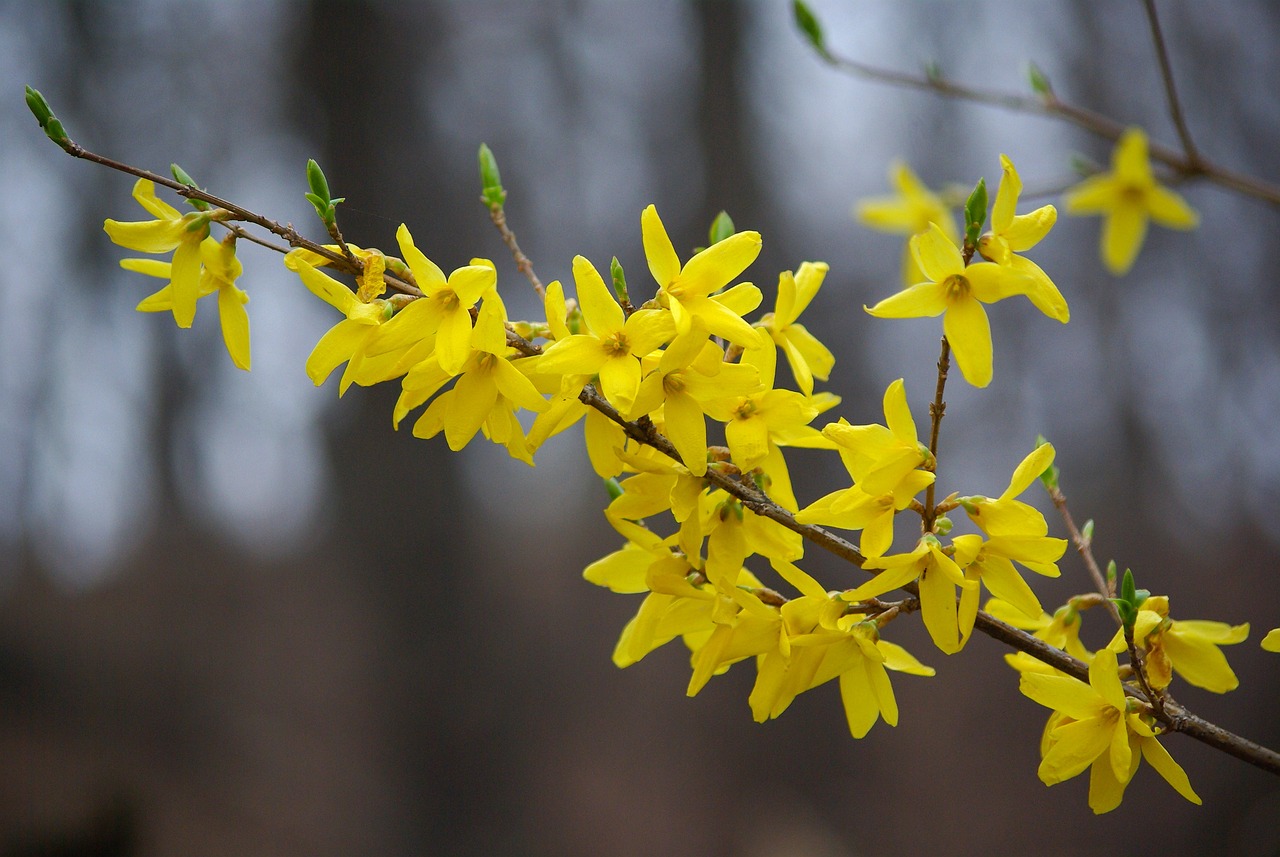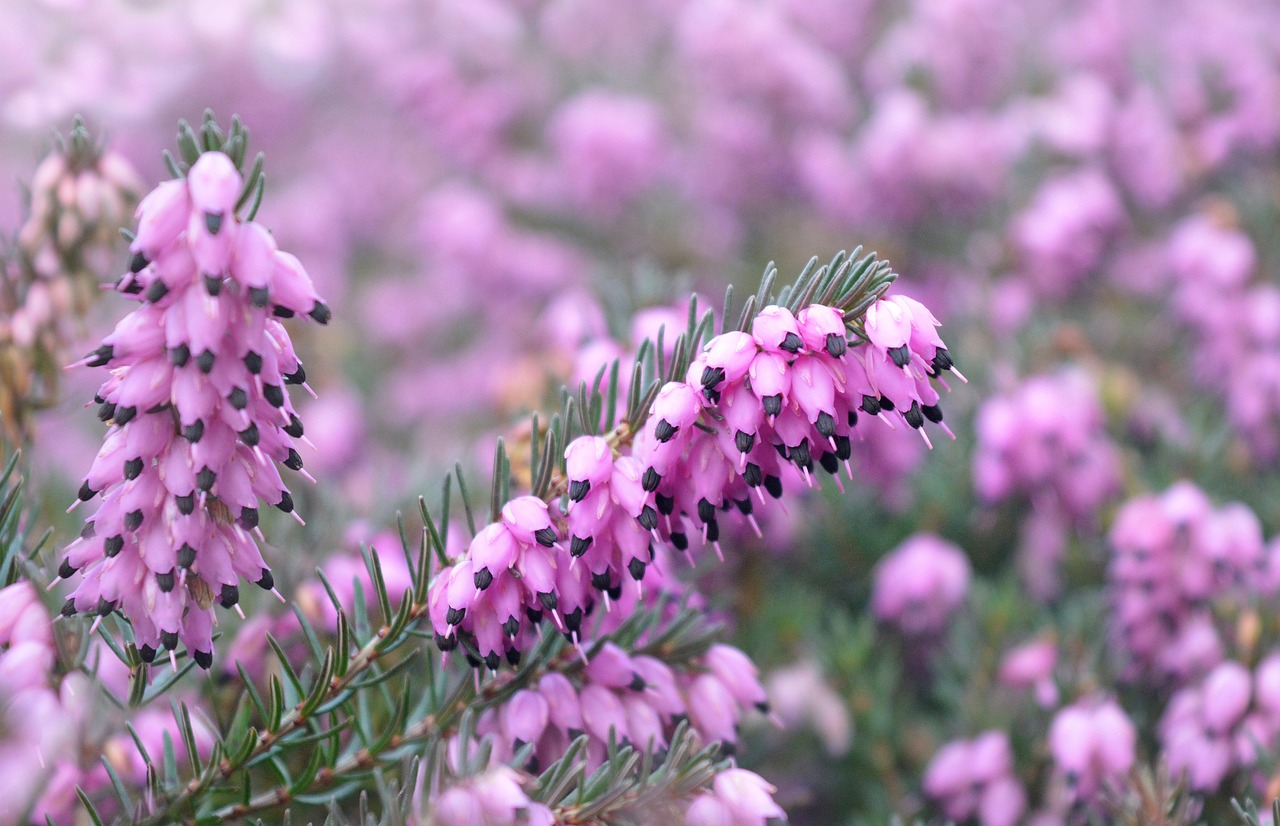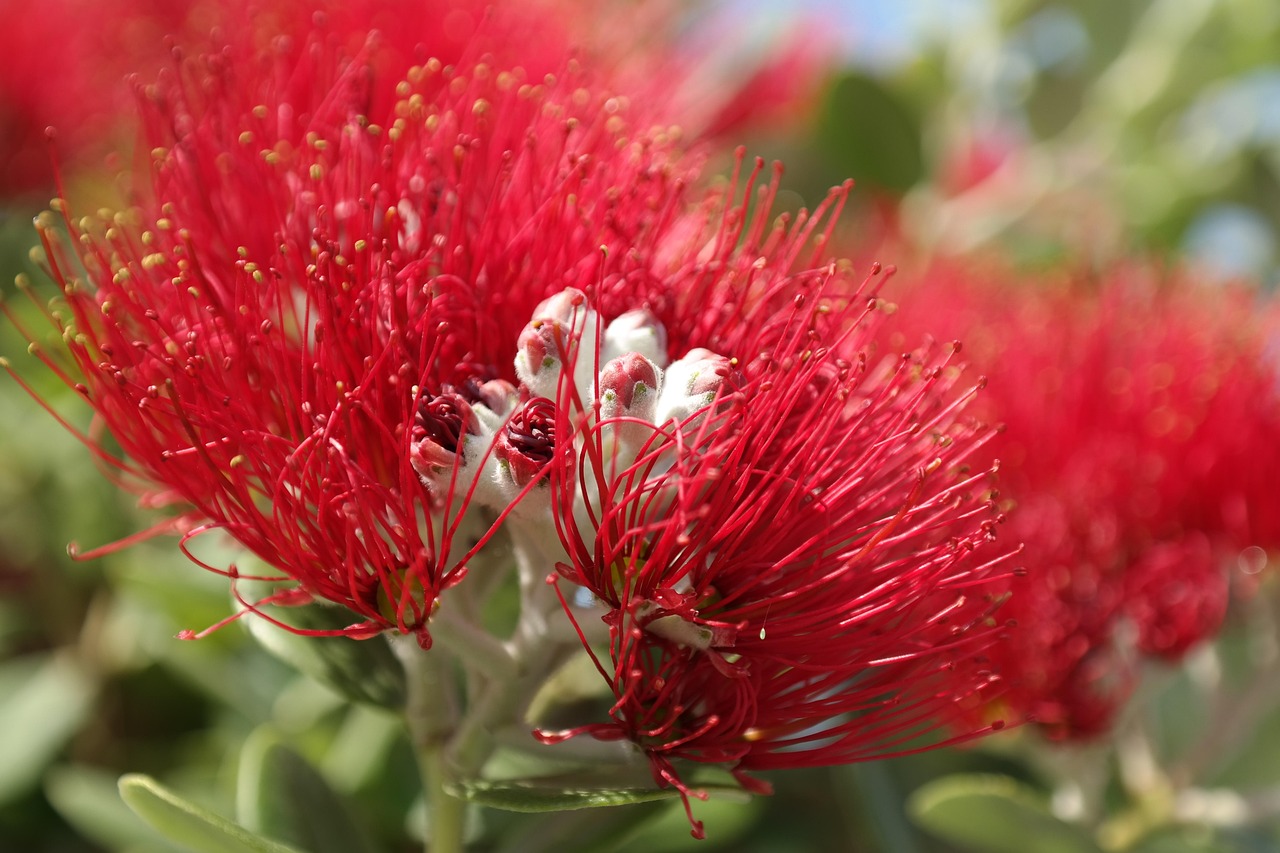Spiraea thunbergii | Herald of Spring, Flowing White Blossoms in the Japanese Garden
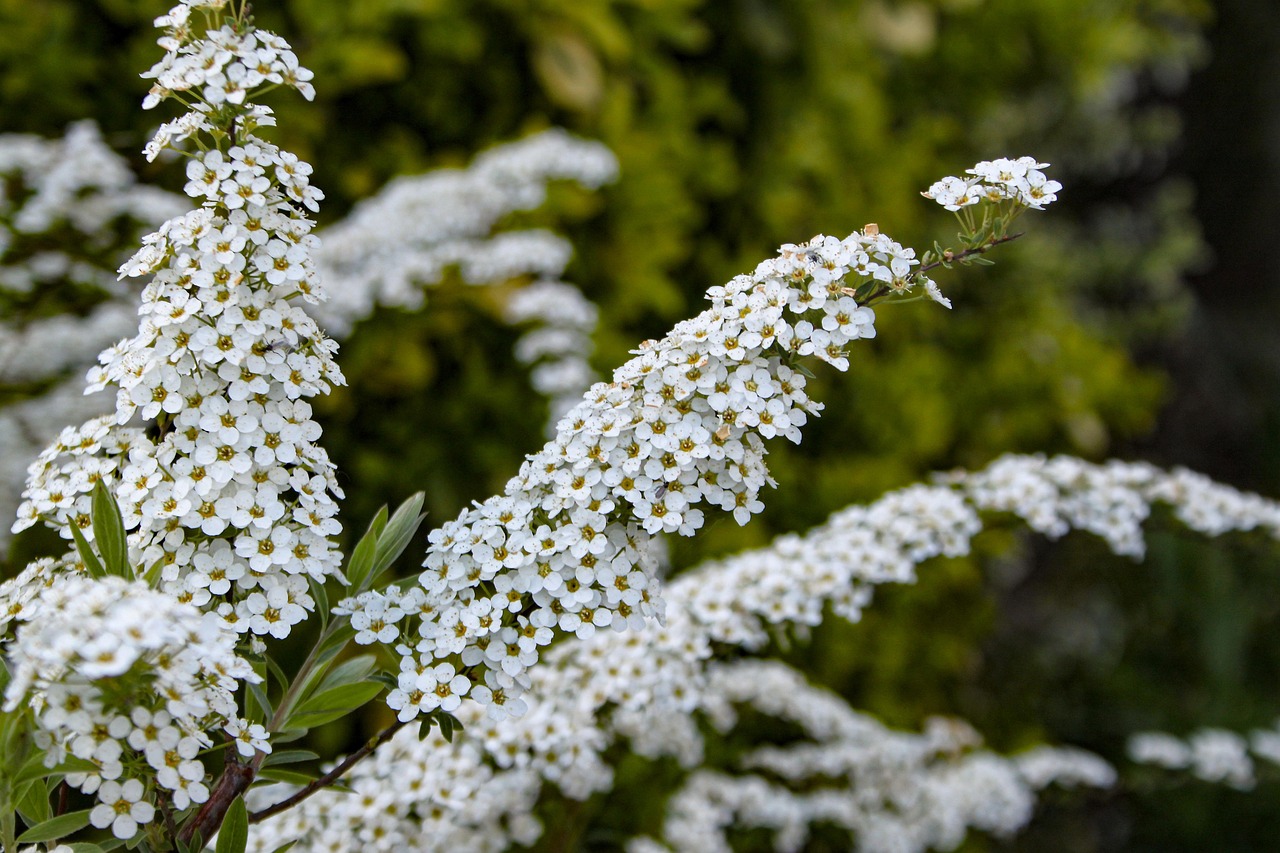
Spiraea thunbergii, commonly known as Yuki-yanagi or Thunberg spirea, is a deciduous shrub that produces countless small white flowers in early spring.
The sight of its slender, graceful branches covered with blossoms gives the impression of freshly fallen snow, which inspired its Japanese name. It is a popular choice for hedges and garden trees, harmonizing beautifully with both Japanese- and Western-style landscapes.
In this article, I will introduce the essential information about Spiraea thunbergii, its cultural and historical significance, and practical advice for cultivation.
Basic Information
- Scientific name: Spiraea thunbergii
- Family: Rosaceae
- Origin: China, Japan
- Appearance: Slender arching branches covered with numerous small blossoms; narrow leaves remain green from spring to autumn, turning yellow or red in fall.
- Blooming season: March–April
Cultural Significance Worldwide
Spiraea thunbergii has long been appreciated in Japan and China as an ornamental plant.
In Japan, it is regarded as a symbol of spring’s arrival and is often planted in gardens and parks. Its graceful, cascading branches have been valued in traditional Japanese gardens for creating a refined, atmospheric landscape.
Because it blooms around graduation and school entrance ceremonies, it is sometimes associated with farewells and new beginnings.
In China, it is cultivated for its ornamental beauty and frequently planted not only in gardens but also around temples and historic sites.
In Europe and North America, the plant was introduced as part of the 19th-century trend of incorporating Asian species into Western garden design. In Victorian England, Spiraea thunbergii became a popular ornamental shrub, particularly in gardens influenced by Oriental aesthetics.
Historical Background
The scientific name Spiraea thunbergii honors Carl Peter Thunberg, an 18th-century Swedish botanist who introduced many Japanese plants to Europe after his stay in Nagasaki during the Edo period.
In Japan, the plant has been cultivated since the Edo era, often featured in temple gardens and admired for its poetic presence in literature and art.
From the Meiji period onward, as Western garden styles spread, Yuki-yanagi gained further popularity and began to be used in public parks and civic landscapes as well.
Gardening Advice
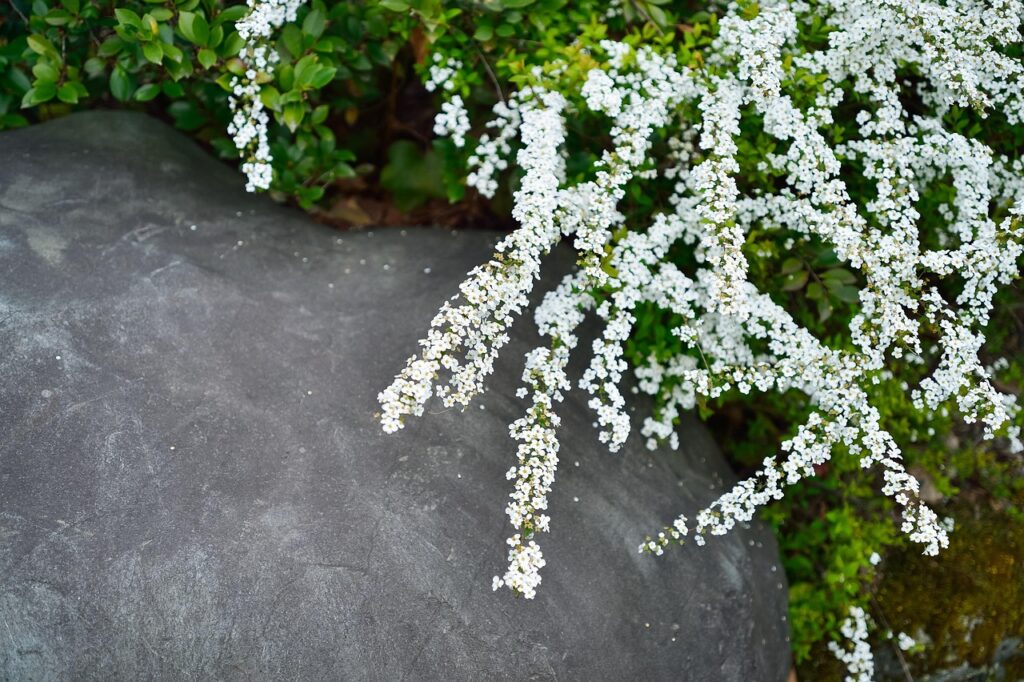
Spiraea thunbergii is easy to care for, making it a beloved garden shrub. To grow it beautifully, I recommend the following points:
Sunlight
Prefers full sun; tolerates partial shade but may bloom less.
Watering
Once established, it is drought-resistant; potted plants should be watered when the soil surface is dry.
Soil
Thrives in fertile, well-drained soil. Mix compost or leaf mold when planting.
Fertilizer
Apply slow-release fertilizer after flowering or during dormancy. Avoid over-fertilization.
Pruning
Prune after flowering to thin unnecessary branches and maintain shape.
Hardiness
Cold-tolerant; generally requires no special winter protection except in extremely cold climates, where mulching may help.
Conclusion
Spiraea thunbergii is a deciduous shrub that heralds spring with its profusion of white blossoms.
Cherished in Japan since the Edo period, it has graced gardens, temples, and works of art with its elegant form. Named after the Swedish botanist Thunberg, it was introduced to Europe and became an integral part of 19th-century Western garden culture.
Today, it continues to be cultivated worldwide as a beloved ornamental plant, symbolizing the timeless beauty of spring.

